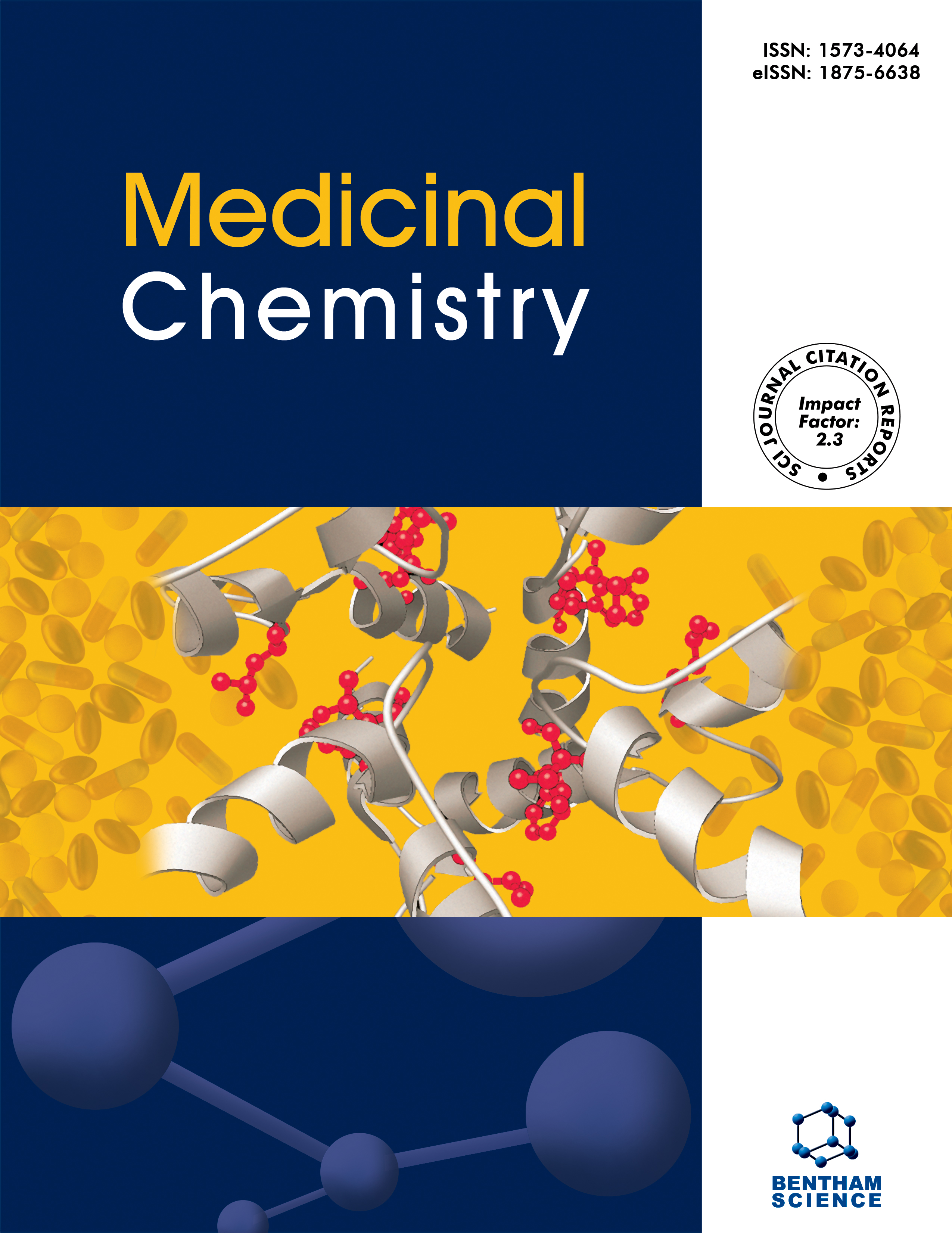-
oa Editorial [ Hot Topic:Preclinical Testing of Active Substances and Cancer Research (Guest Editor: Dragan M. Djuric)]
- Source: Medicinal Chemistry, Volume 8, Issue 1, Jan 2012, p. 1 - 1
-
- 01 Jan 2012
Abstract
The current issue focuses on current development for the production of anti-cancer molecules, principles and evaluation of factors associated with cancer risk, diagnostics and therapy, taking into consideration that cancer is a diverse disease with complex pathobiology. The papers for this hot topic issue have been received from the scientific conference which was held in Kragujevac, Serbia (March 16-19, 2011) entitled “PRECLINICAL TESTING OF ACTIVE SUBSTANCES AND CANCER RESEARCH” with an internationally recognized symposium on “ANTI-CANCER AGENTS, CARDIOTOXICITY AND NEUROTOXICITY”. The scientific themes of the conference have been: preclinical testing of active substances on cancer models, application of cell biology and molecular biology in testing of active substances, chemical synthesis of potentially active substances, biochemical isolation of bioactive substances, natural bioactive substances, toxicological aspects of active substances, microbial aspects of active substances, oxidative stress and cancer, anti-cancer agents, cardiotoxicity and neurotoxicity, and nutraceuticals and cancer. Scientific conference in figures - number of registered participants was 115, 31 researchers from abroad (11 from France, 9 from FYR Macedonia, 5 from Greece, 2 from Canada, 2 from Russia, 1 from Belarus, 1 from Slovakia), 2 review lectures were given, 44 oral presentations were made, 35 posters presentations were given, and 81 abstracts were printed in the Conference Abstract book (ISBN 978-86-7760-064-8). FP7 Info Day was organized at the scientific conference with participation of representatives of European Commission and Serbian government; 9 oral presentations were made during the FP7 Info Day together with presentations of two projects financed within FP7. The conference was organized under the auspices of EU 7th Framework Program funding scheme and with participation of Faculty of Science (Kragujevac, Serbia), Faculty of Medicine University of Kragujevac (Kragujevac, Serbia), Institute Curie (Paris, France), School of Medicine, Aristotle University (Thessaloniki, Greece), Faculty of Natural Sciences and Mathematics (Skopje, FYR Macedonia) and Serbian Physiological Society.


